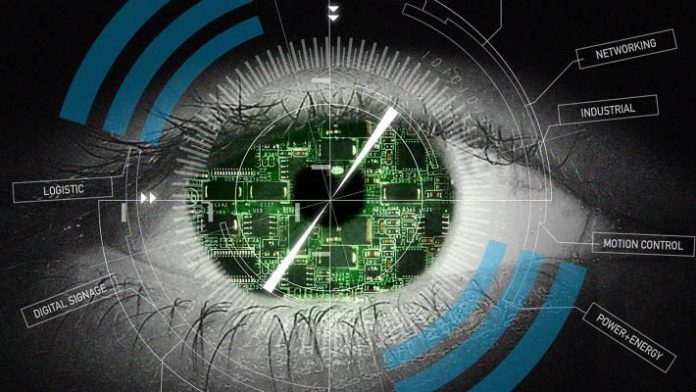Mirabilis Design claims the VisualSim IoT Modeler’s accurate metrics help overcome the limitation of approximate results from analytical tools.
Mirabilis Design Inc. said the Visual IoT Modeler allows semiconductor vendors to select the right processor, bus topology and memory capacity. Smart device vendors can use it to explore the selection of sensor chips, cognitive radio communication, battery capacity and the design of smart hub for sensor data processing. And network operators can compute the number of routers, servers and storage devices and also assess network bandwidth and redundancy requirements.
“Using VisualSim IoT Modeler, our consumer electronics customers can now get accurate metrics and overcome the limitation of approximate results of the analytical tools at their disposal,” said Deepak Shankar, Founder and CEO of Mirabilis Design. “The quick drag-n-drop solution demystifies the relationship between power, latency and bandwidth.”
The product can can be used with the extensive VisualSim modeling library. The new IoT Modeler adds Low-Power Bluetooth, sensors, intelligent hubs, micro-controllers, cognitive radio, six battery types and charging/discharging circuits. The new version has new reports for battery life, battery efficiency, task latency, bandwidth utilisation, processor MIPS, memory throughput and buffer usage.
VisualSim modeling libraries comprise:
- Interfaces: PCIe, PCI, Ethernet, Gigabit Ethernet, AFDX, TT Ethernet, CAN and FlexRay
- SoC buses: AHB, APB, AXI and CoreConnect
- Hardware components: Processors, DRAM, Cache and DMA
- Software: RTOS, Schedulers, Software Task generators
The VisualSim IoT Modeler is available now as an add-on to VisualSim Architect 16.2, a design tool for applications ranging from aircraft avionics to adventure cameras; and processors to safety-critical systems. VisualSim IoT Modeler is supported on Windows, Linux, MAC OS and all other forms of UNIX.








